Are you eager to start crocheting but feel overwhelmed by all the tools and supplies out there? Many beginners struggle to figure out what they really need to get started. This confusion can lead to wasted money on unnecessary items or frustration from not having the right tools for your projects.
Imagine sitting down to start your first crochet project, only to realize you’re missing a crucial tool. Or worse, you’ve spent a small fortune on fancy gadgets you don’t even know how to use. The excitement of learning a new craft can quickly turn to disappointment when you’re not properly equipped.
But don’t worry! This guide is here to solve your crochet tool dilemma. We’ll walk you through the essential crochet tools every beginner needs, without any confusing jargon or complicated explanations. By the end of this post, you’ll know exactly what to buy to start your crochet journey on the right foot. No more guesswork or unnecessary purchases – just the basics you need to create beautiful crochet projects with confidence. Ready to get started? Let’s dive in and discover the must-have tools for your crochet kit!
Table of Contents
Why You Need the Right Tools to Start Crocheting
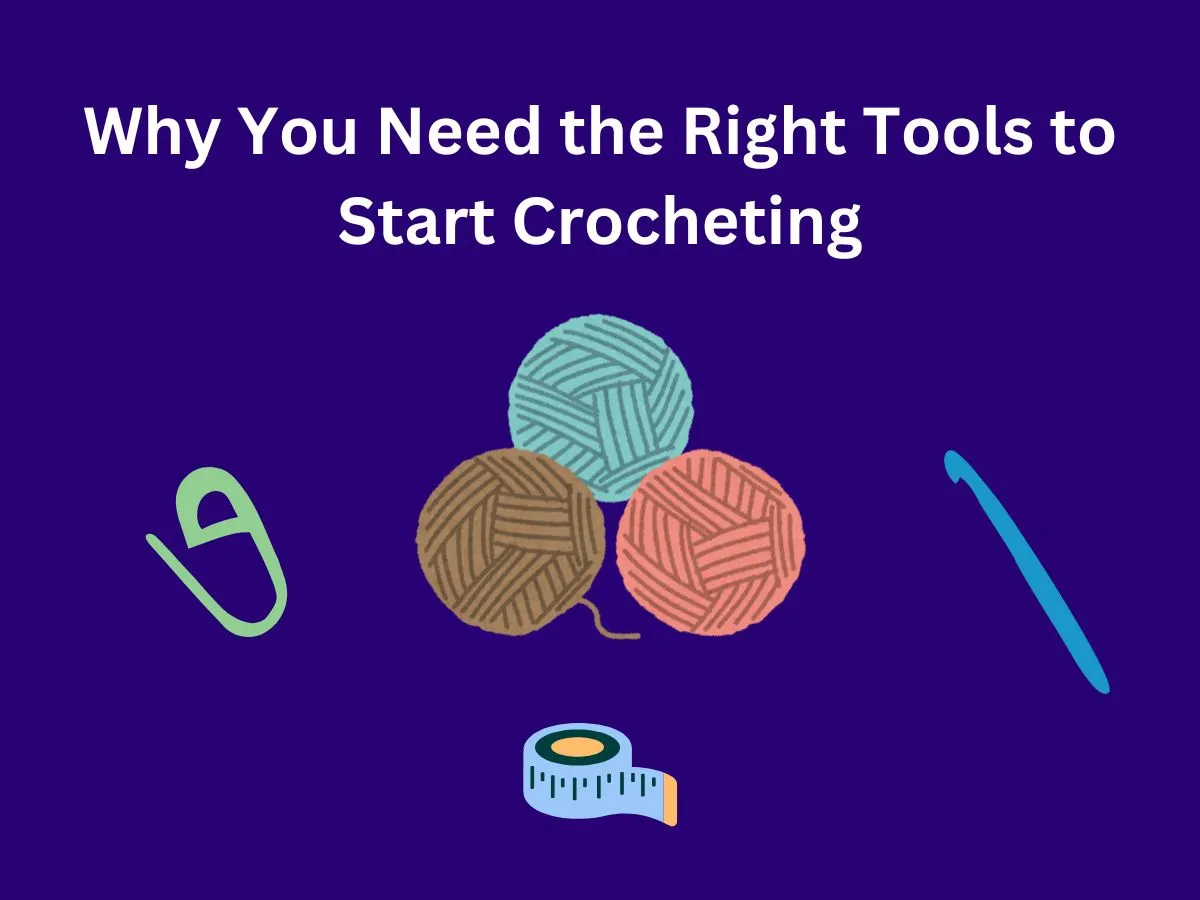
Having the right tools is essential for a smooth start to your crochet journey. Without them, you might struggle with uneven stitches, frustration, or even giving up altogether. The right tools make learning easier and help you enjoy the process from the beginning.
Using proper tools not only improves your results but also boosts your confidence. A comfortable crochet hook and the right yarn can make your stitches look cleaner and more even. This small success motivates you to keep practicing and try new projects.
Investing in quality tools also saves time and money in the long run. Instead of buying items you don’t need or struggling with poor-quality supplies, starting with the basics ensures a better experience. With the right tools in hand, you’ll be ready to create beautiful pieces and truly enjoy crocheting.
Crochet Hooks: Your Main Instrument
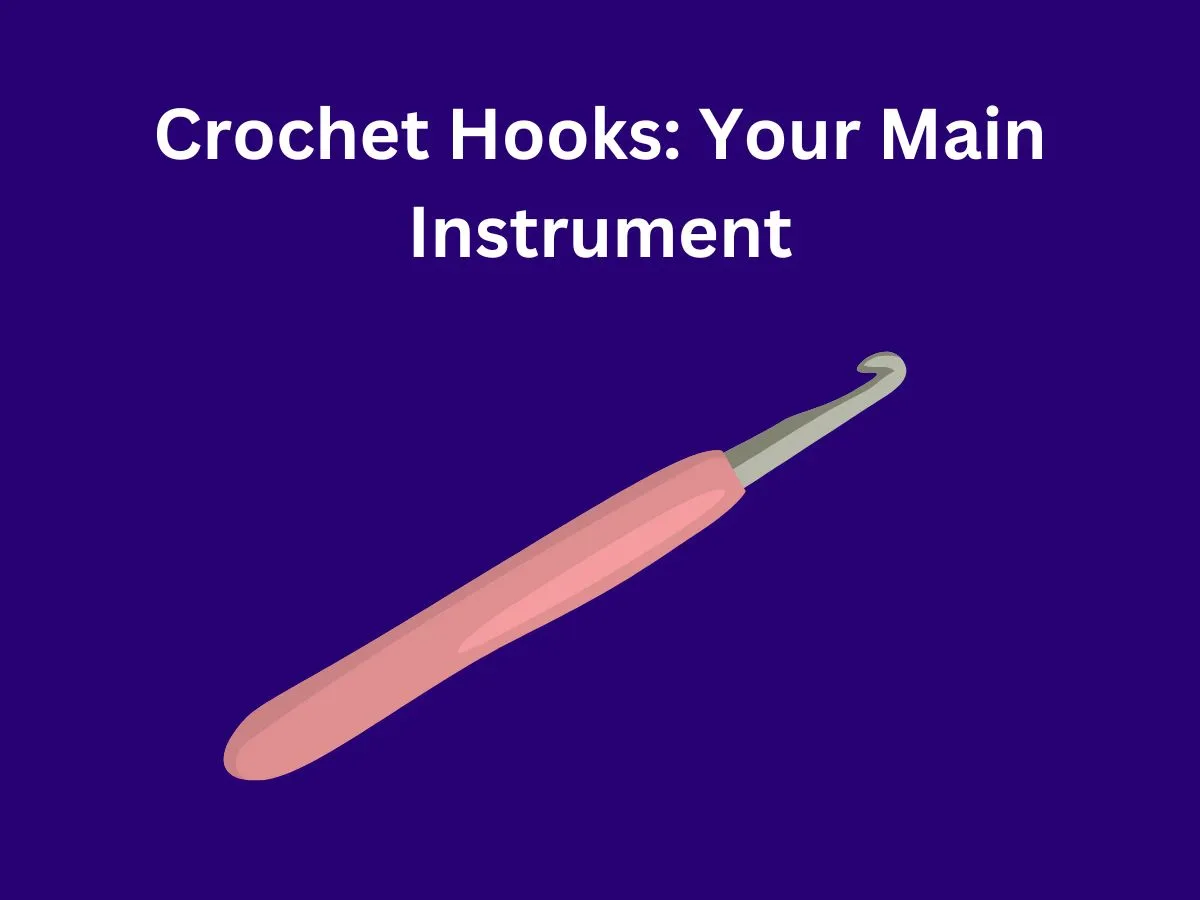
The crochet hook is your most important tool as a beginner. It comes in various sizes and materials, but starting with a medium-sized hook like an H-8 (5mm) is ideal. This size works well with most beginner-friendly yarns and helps you practice basic stitches comfortably.
Hooks are made from materials like aluminum, plastic, or wood. Aluminum hooks are smooth and lightweight, making them perfect for beginners. They allow the yarn to glide easily, reducing frustration as you learn.
When choosing a hook, comfort is key. Look for ergonomic options if you experience hand fatigue or discomfort. A good crochet hook makes all the difference in how enjoyable and successful your first projects will be.
Yarn: Choosing the Best Type for Beginners
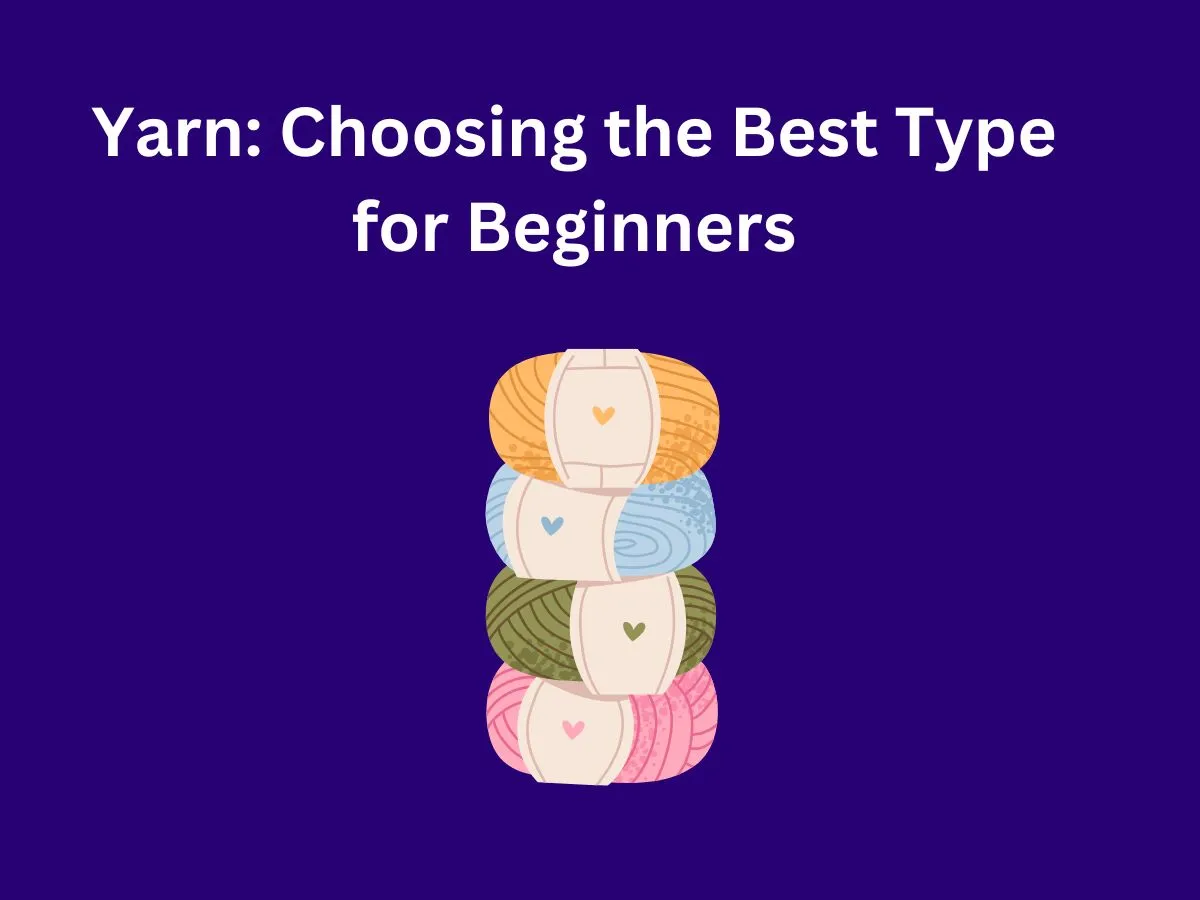
The type of yarn you use can greatly impact your crocheting experience. For beginners, medium-weight yarn (also called worsted weight) is the best choice. It’s thick enough to handle easily but not too bulky for learning basic stitches.
Light-colored yarns are ideal because they make it easier to see your stitches as you work. Avoid dark or textured yarns at first since they can make it harder to spot mistakes or follow patterns. Cotton or acrylic yarns are great beginner-friendly options because they’re affordable and easy to work with.
Start with a simple yarn that matches your chosen hook size, such as an H-8 (5mm). This combination ensures smoother practice sessions and helps you focus on building skills without unnecessary challenges. Once you’re comfortable, you can explore different textures and weights to expand your creativity!
Scissors: Snipping and Trimming with Ease
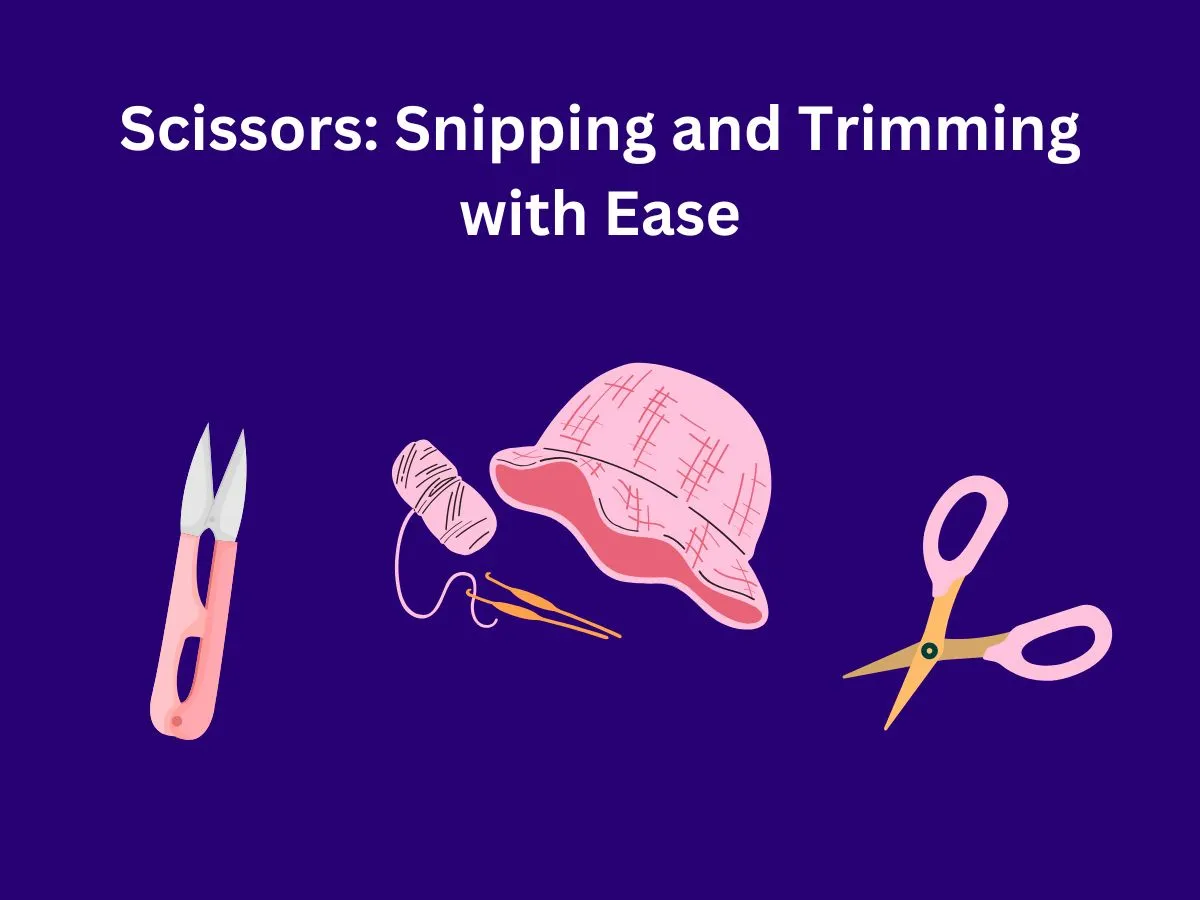
Every crocheter needs a good pair of scissors. They’re essential for cutting yarn cleanly and precisely. Small, sharp scissors work best for crochet projects. Look for scissors with pointed tips to help you snip close to your work without damaging it.
Keep your scissors handy while you crochet. You’ll need them to cut yarn when changing colors or finishing a project. Sharp scissors make clean cuts, which prevent fraying and make it easier to weave in ends later. They also help you trim any stray fibers for a neater finish.
Remember to use your scissors carefully. Always cut away from your body and your project to avoid accidents. Store them safely when not in use, especially if you have children or pets around. A good pair of scissors will last a long time if you take care of them, making them a valuable tool in your crochet kit.
Tapestry Needle: Weaving in Those Loose Ends
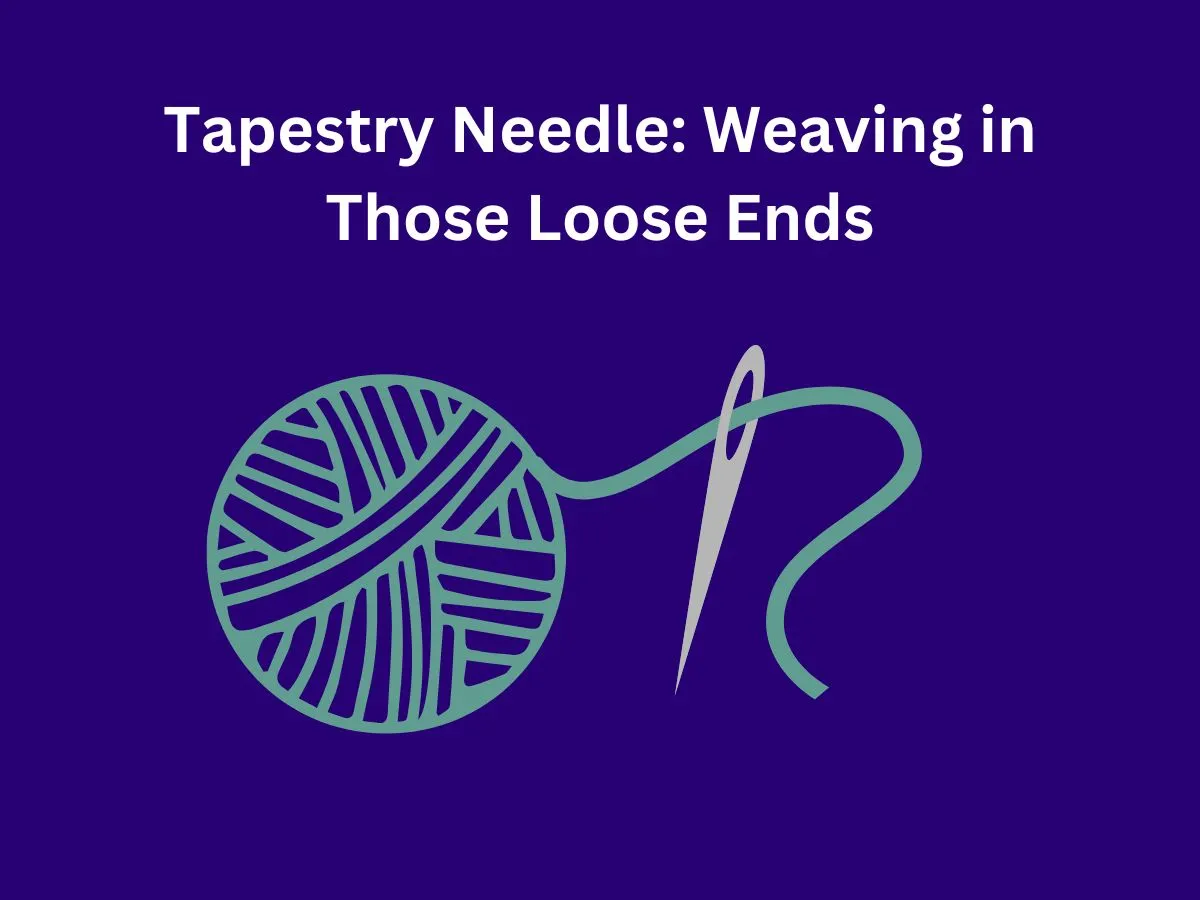
A tapestry needle is a must-have for finishing your crochet projects neatly. It’s used to weave in loose yarn ends, making your work look clean and professional. These needles have large eyes that are easy to thread with yarn and blunt tips that won’t split your stitches. A tapestry needle helps you neatly weave in the ends and finish your project with a professional touch. For example, when making a baby shower gift set, you’ll need to weave in the ends for a polished look. You can see how this comes into play in my post, How to Crochet a Thoughtful Baby Shower Gift Set.
Tapestry needles come in different sizes and materials. Metal ones are durable and work well with most yarns. Some have bent tips, which can be helpful for weaving in ends in tight spaces, like when making stuffed animals. Plastic needles are also available and can be good for beginners.
Using a tapestry needle is simple. Thread your yarn through the eye, then weave it into your project, following the path of the stitches. This hides the yarn end securely. Tapestry needles are also great for joining pieces of your project together, like when making a blanket from squares. Keep a few in your crochet kit – they’re small but incredibly useful!
Stitch Markers: Keeping Track of Your Progress
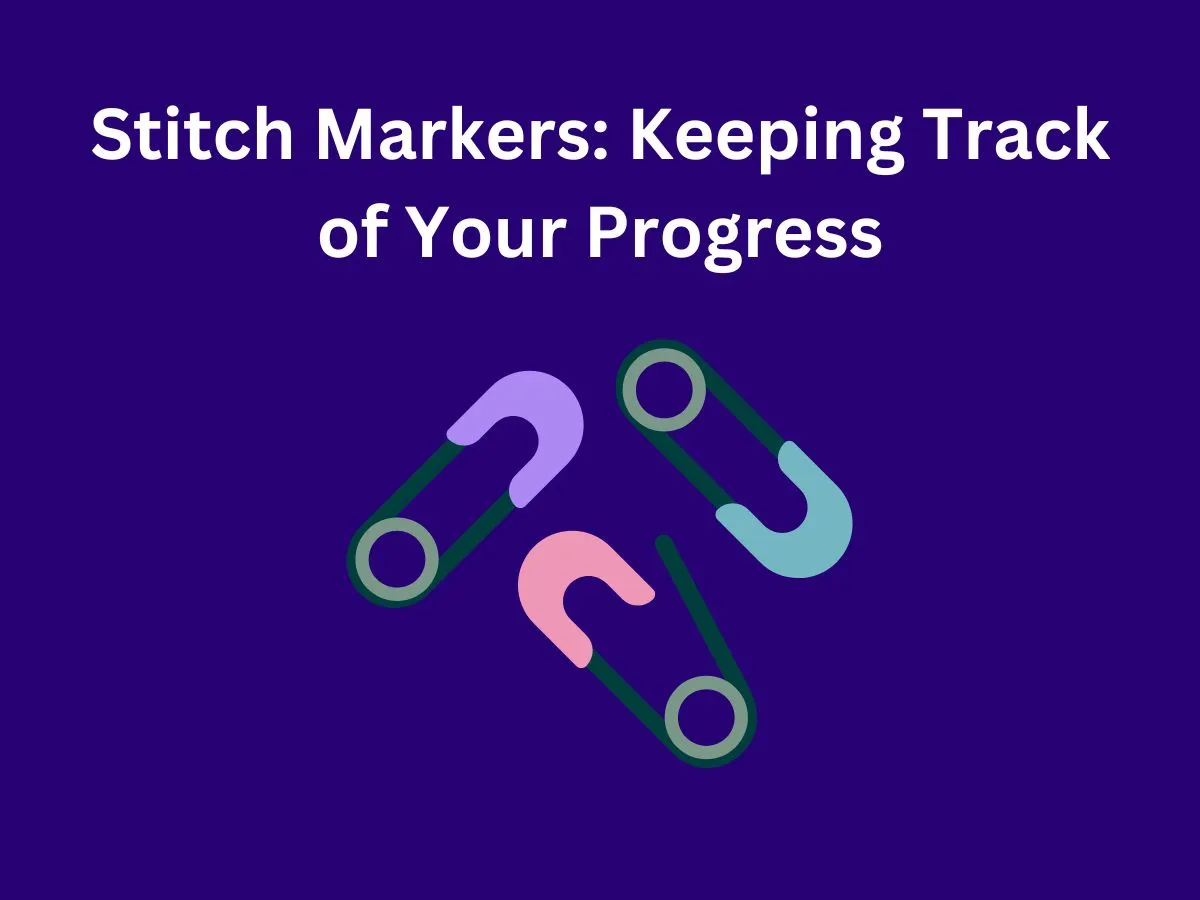
Stitch markers are small but mighty tools in crochet. They help you keep track of important points in your work, like where to start a new pattern or where to increase stitches, or when you’re working on projects like a classic beanie. There are two main types: closed loop markers that slide onto your hook, and progress keepers that can clip onto your work.
Closed loop markers are great for knitting and some crochet projects. They’re usually plastic or metal rings that you slip onto your hook to mark specific stitches. Progress keepers, on the other hand, have a clasp that opens and closes. This makes them more versatile for crochet, as you can attach them directly to your work.
Using stitch markers can make your crocheting easier and more enjoyable. They help you avoid mistakes by clearly marking important spots in your pattern. You can use them to show where rounds begin, mark increases or decreases, or even track your daily progress on a big project. Stitch markers come in fun shapes and colors, adding a bit of personality to your crochet toolkit.
Measuring Tape: Ensuring the Perfect Size
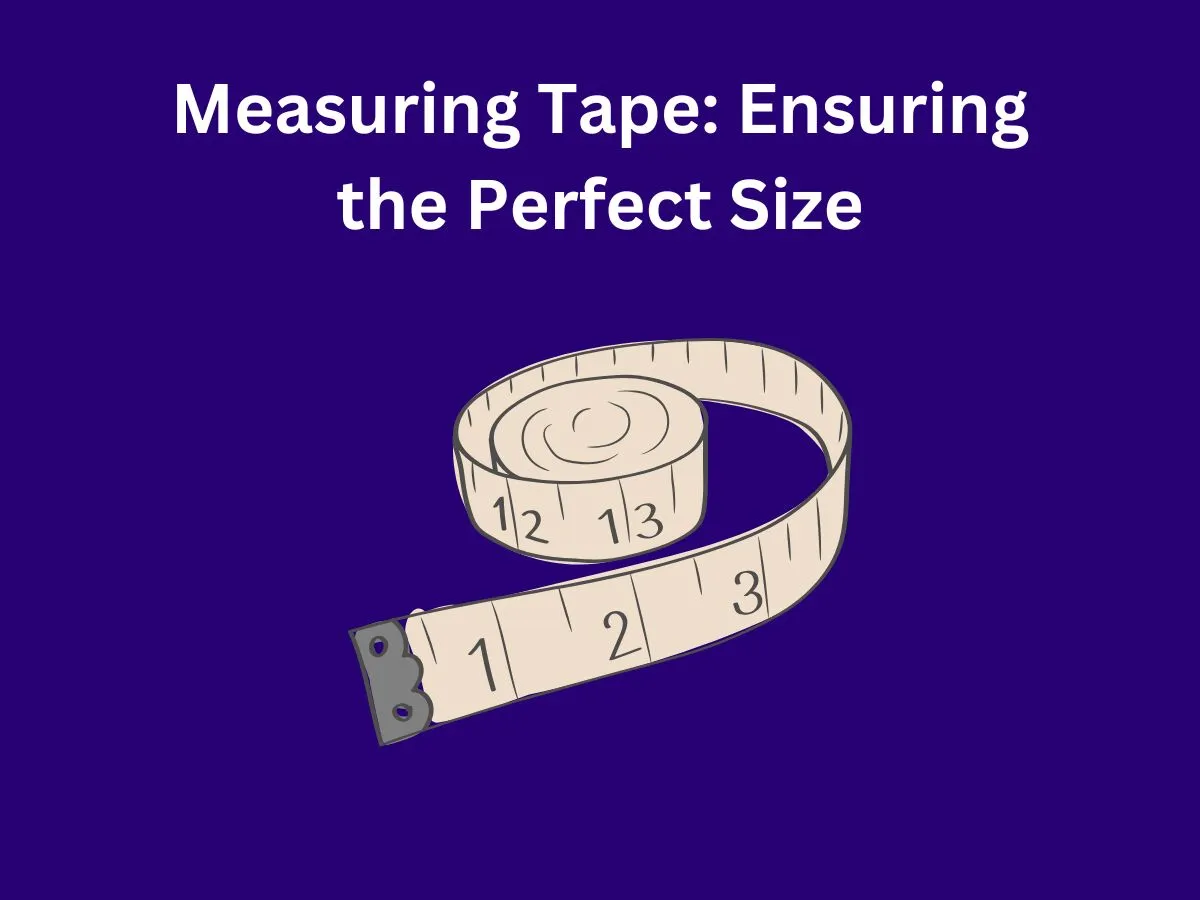
A measuring tape is a must-have tool for any crocheter. It helps you check if your project is the right size and shape. Flexible tape measures are best for crochet because they can easily wrap around curved edges1. You can find them in different lengths, but a 60-inch tape is usually enough for most projects.
When using a measuring tape, make sure it’s not stretched out. Over time, flexible tapes can lose their accuracy. It’s a good idea to check your tape against a ruler now and then to make sure it’s still correct. This way, you’ll always get the right measurements for your projects.
Measuring is important in crochet because it helps you match the gauge in patterns. Gauge tells you how many stitches and rows should fit in a certain space, usually 4 inches. By measuring your work, you can make sure your project will turn out the right size. If your measurements are off, you might need to change your hook size or how tightly you crochet.
A Crochet Bag: Organizing Your Supplies
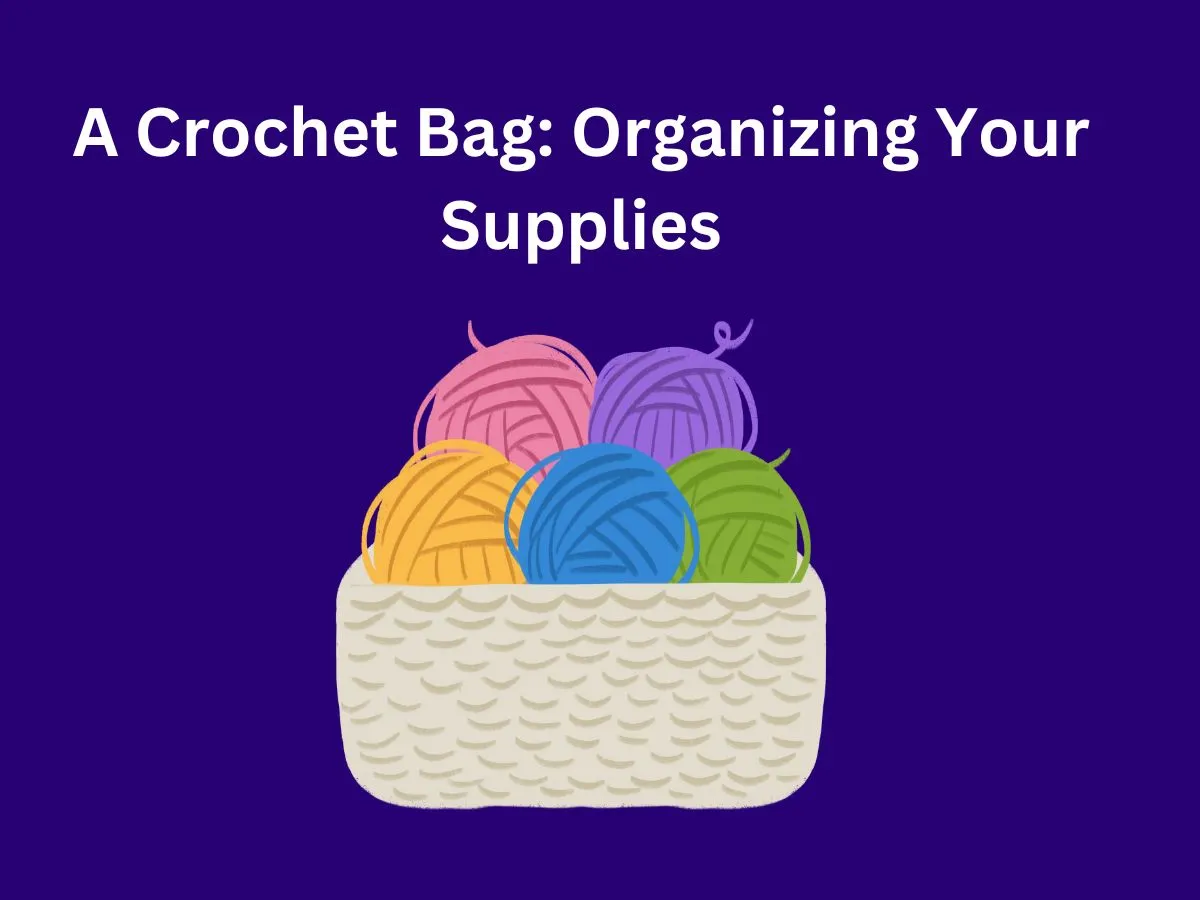
A crochet bag is more than just a place to store your yarn. It’s a way to keep all your crochet supplies organized and easy to find. A good crochet bag has pockets for your hooks, scissors, and other small tools. This means you won’t have to dig around to find what you need.
When choosing a crochet bag, look for one that’s the right size for your needs. If you like to work on big projects, you might want a larger bag that can hold multiple skeins of yarn. For smaller projects, a compact bag might be better. Some bags even have special features like yarn dispensers, which can make crocheting on the go much easier.
Having a dedicated crochet bag can also protect your work. It keeps your project clean and safe from tangles or snags. Plus, it makes it easy to take your crochet with you wherever you go. Whether you’re working at home or traveling, all your supplies will be in one place, ready when inspiration strikes.
Next Steps: Building Your Crochet Skills
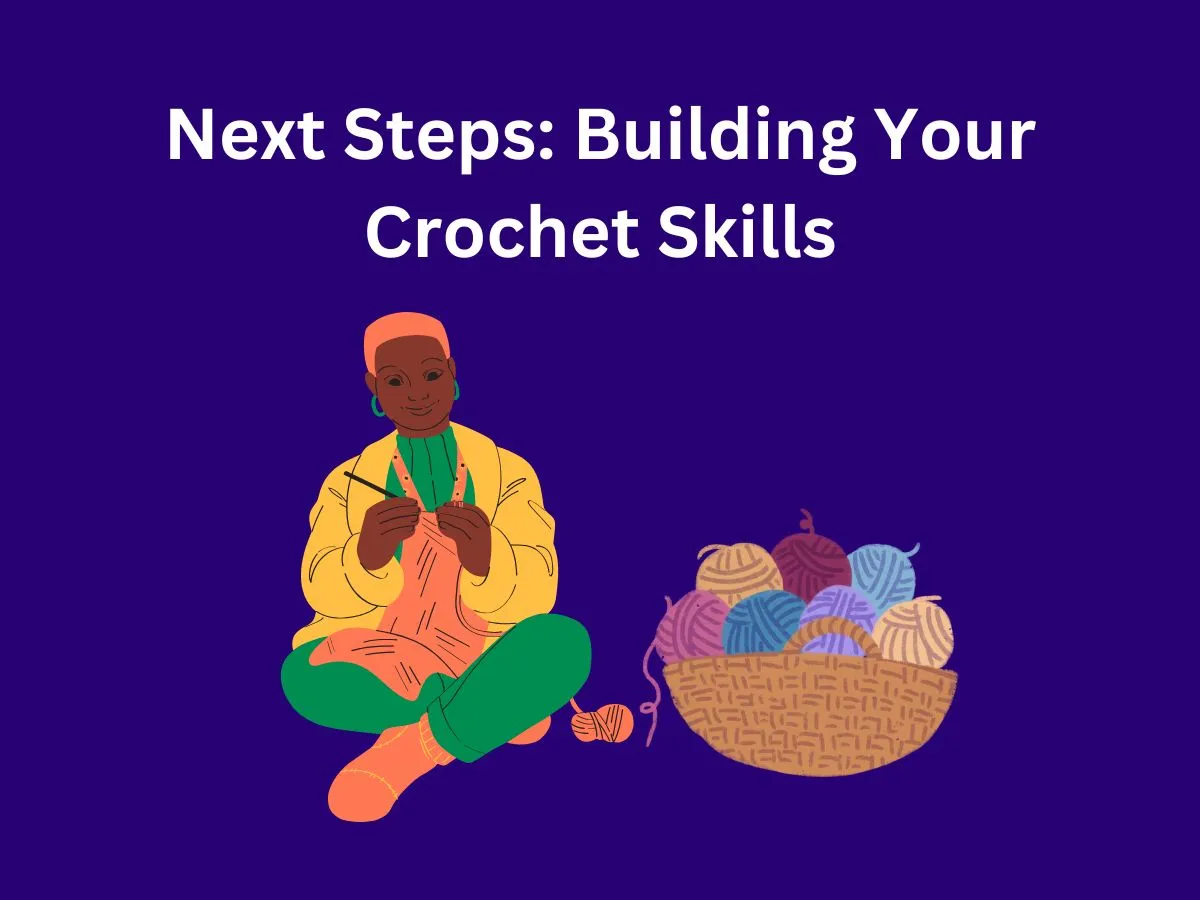
Once you have your basic tools, it’s time to start building your crochet skills. Begin with simple stitches like the chain stitch, single crochet, and double crochet. These are the building blocks of most crochet projects. Practice these stitches until you feel comfortable with them.
As you get more confident, try new stitches and techniques. Half double crochet, treble crochet, and increases and decreases are good next steps. Don’t be afraid to make mistakes – they’re part of learning. If something goes wrong, you can always undo your work and try again.
Remember, crochet is a journey, not a race. Take your time and enjoy the process of creating something with your own hands. Try making simple projects like scarves or dishcloths to practice your skills6. As you get better, you can move on to more complex projects. Keep learning, keep practicing, and most importantly, have fun with your new hobby!
Final Thoughts
Equipped with these essential tools, you’re now set to begin a fantastic crochet journey. Use this knowledge and you will find the learning process easier and much more fun. Understand that every tool has a purpose in making your experience more enjoyable.
Never let the initial learning curve discourage you. With these supplies and a bit of practice, beautiful creations are within your reach. If you find yourself needing extra guidance, don’t hesitate to connect with me at info@madeehamedia.com for further support. Your crochet adventure awaits!
Frequently Asked Questions
Q1: What’s the best size crochet hook to start with?
A: An H-8 (5mm) hook is a great all-around size for beginners.
Q2: Which type of yarn is easiest for beginners?
A: Medium-weight yarn in a light color is the most beginner-friendly.
Q3: Why do I need sharp scissors for crochet?
A: Sharp scissors make clean cuts, preventing fraying and making it easier to weave in ends.
Q4: What is a tapestry needle used for?
A: A tapestry needle helps you weave in loose yarn ends for a clean finish.
Q5: How do stitch markers help me?
A: Stitch markers keep track of important points in your project, like increases or decreases.
Q6: How do I know if my project is the right size?
A: Use a measuring tape to check your project against the gauge in the pattern.
Q7: What should I look for in a crochet bag?
A: Choose a bag with pockets to organize your hooks and other supplies.
Q8: What are the first crochet stitches I should learn?
A: Start with the chain stitch, single crochet, and double crochet.
Q9: Why is it important to check my gauge?
A: Checking your gauge helps ensure that your project will turn out the right size.
Q10: Where can I buy crochet tools?
A: Craft stores, yarn shops, and online retailers all sell crochet tools.